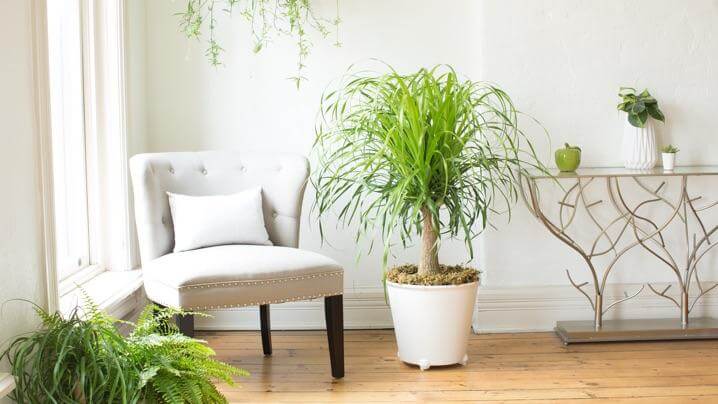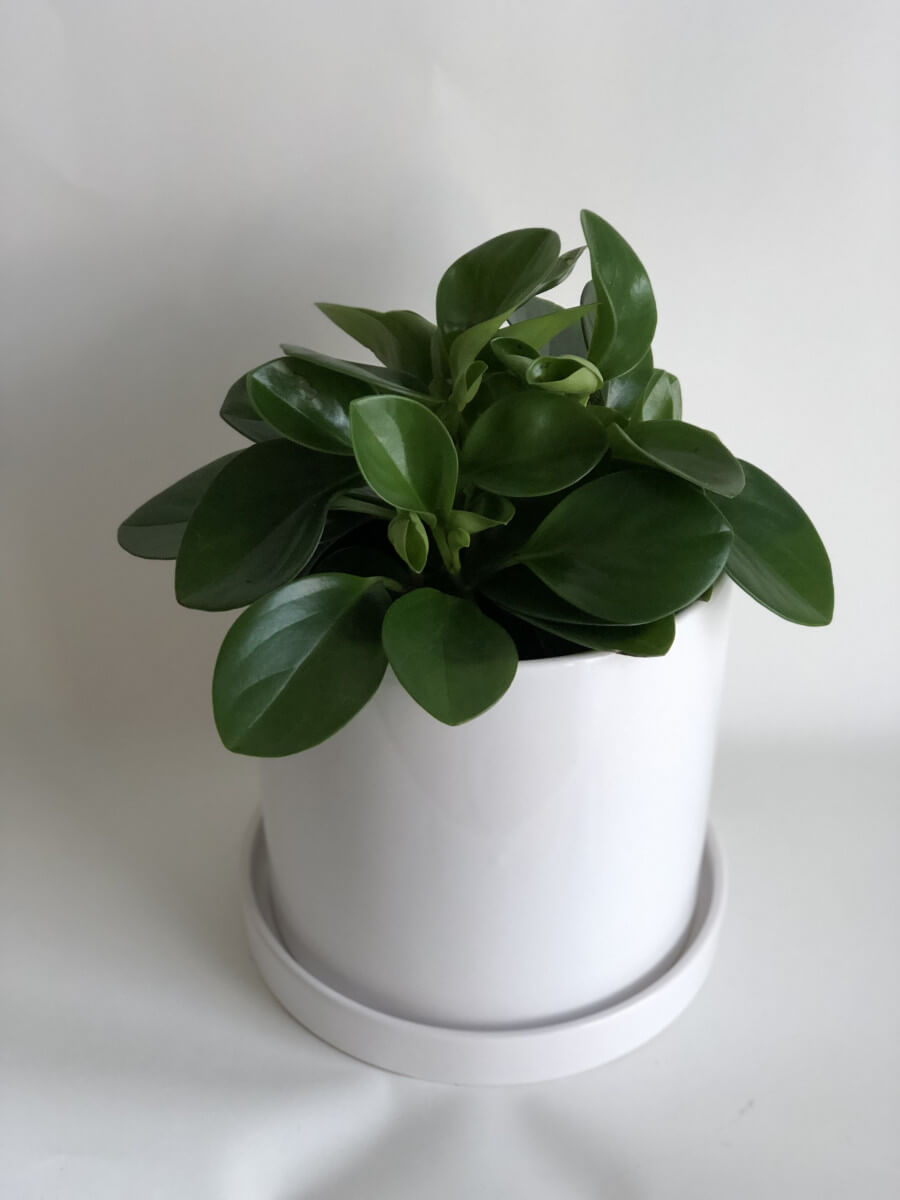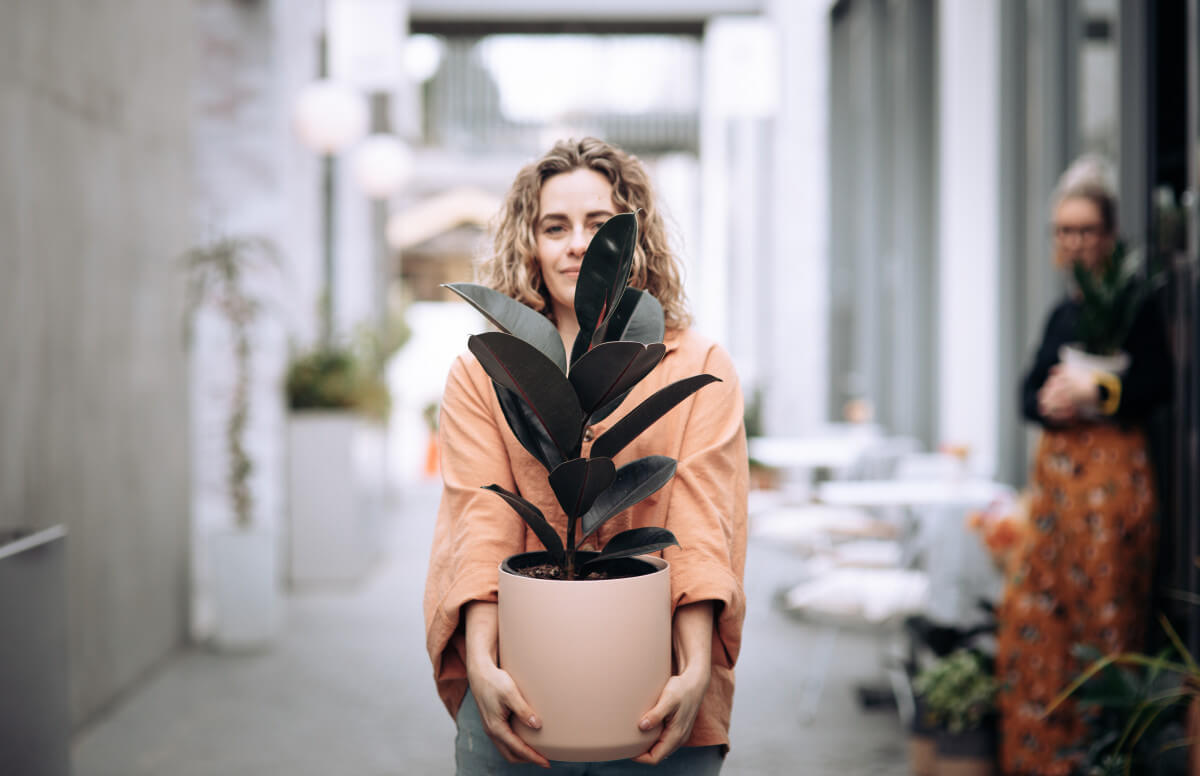Have you become an obsessed plant parent over quarantine? Are you now freaking out because you can't seem to keep all your plant babies happy? Don't panic we are here to help you, by recommending the most forgiving and hardy indoor houseplants that will not only survive this winter but thrive!
The shedding of leaves or turning brown may come as a shock to most plant parents but rest assured this could simply be a natural response to the change in seasons. You may have just come out of this wonderful summer growing season, watching new leaf after new leaf unfurl but don't be alarmed when you suddenly see no changes in your plants growth, as they will be going through a rest period over winter. This means less sunlight therefore less food for your plant, so just like humans your plants may get sleepy in the winter. Less sunlight and colder temperatures are not ideal conditions for plant growth but you can certainly adjust their care to help them survive this winter. Or, if you don't count yourself as having a massive green thumb then you could just stick to the hardy houseplants that aren't too fussy and low-maintenance. If you are in search of houseplants that are best suited to winter conditions then look no further. Here we list our most recommended hardy indoor houseplants that will thrive this winter.
The indestructible Snake Plant (Sansevieria trifasciata):
The name says it all. These guys are virtually indestructible and very low-maintenance, so the perfect houseplant. Also commonly called Mother-in-Law's Tongue as their blade like leaves resemble long tongues and make for a great architectural plant. They can be placed anywhere in the home as they can withstand low light and low humidity levels. They also come in variegated forms with splashes of yellow or white, or solid coloured leaves.
The Easy Peasy ZZ (Zamioculcas zamiifolia):
The ZZ plant is a gem of a plant and the most accommodating plant out there. This easy-care plant looks super cool with its unique, eye-catching zig-zag leaves and is very tolerant and can handle low light conditions. They are also considered to be the most drought-tolerant plant next to the cacti, as they have large rhizomes (that look like potatoes) under the soil that store water. So you can neglect and forget about this beauty and he will still love you and look happy as Larry with his shiny glossy leaves.
The Successful Jade Plant (Crassula ovata):
One of the most likely plants to survive fluctuating temperatures like a champ! The Jade plant is a type of succulent so less watering is needed and they can be placed near an open window in the winter. An extra bonus, they look like cool miniature trees, so a popular favourite.
The Sturdy Rubber Tree (Ficus elastica):
A great option if you want something that will get big. They are slow growers but keep growing upwards. They have thick waxy leaves so are pretty tough and easy going so don't mind low light conditions (depending on the variety - variegated types will require more sunlight).

The Extravagant Ponytail Palm (Beaucarnea recurvata):
Despite its name, the Ponytail Palm is not a true palm and requires similar care to desert-dwelling plants like cacti or succulents. They are characterised by their huge trunk that acts like a camel's hump and stores water. This enables them to go without water for a long period. These guys will surely add flair to any room as they are extremely cool looking dudes.

The Old Faithful Baby Rubber Plant (Peperomia obtusifolia):
The baby rubber plant displays semi-succulent properties as they have thick glossy leaves that retain water, so they can withstand less watering than most plants. They are great if you only have a small space to fill, being compact and will still create a lush tropical vibe. They are also safe for pets, who like to nibble on plants as they are nontoxic.




